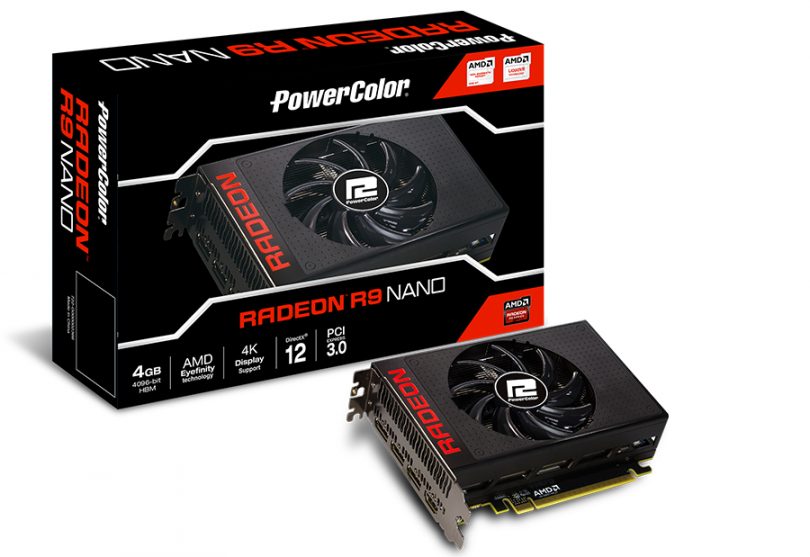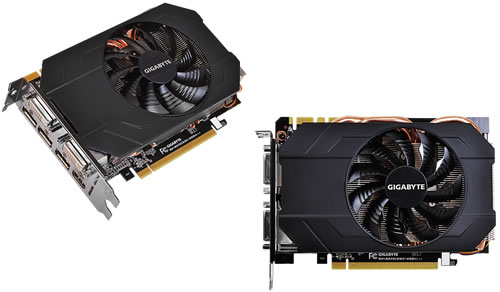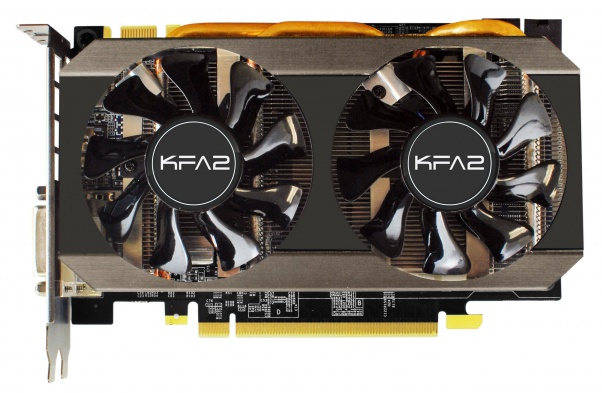This is the first of a series of weekly mini-rants by your faithful correspondent, John Morrison. These will be a regular series focusing on issues in the SFF niche. All content is entirely opinion of John, not of SmallFormFactor.net, and should not be taken as fact.
Relatively recently, a discussion came about on our forum, regarding ‘ITX’, or ‘M-ITX’ graphics cards. Quite often, new graphics cards today are marketed as ‘ITX’ products, but there’s a major problem with this – this isn’t a real, official, form factor, let alone a standard. As such, it’s a (mostly) meaningless distinction that implies a lot more than it means.
Consequently, the general public, and especially those who are new to the small form factor world, see the marketing that these cards come with and think ‘hey, this will fit in my chassis no problems’. And there are a few issues with this, not merely to do with the length of the card, but also the layout of certain components, such as the power connections and rear IO.
[mks_separator style=”blank” height=”2″]
The Problem
A quick Google search for ‘ITX GPU’ shows us the extent of the issue;
Powercolor R9 Nano – 152mm long
Gigabyte GeForce GTX 970 OC ITX 4GB GDDR5 – 168mm long
The KFA2 mini-ITX GTX 960 3GB OC – 193mm long
As you can see above, there is a great variation in the lengths and layouts of ‘ITX’ graphics cards. The first two cards would comply, at least by way of length, with an ideal ‘ITX’ graphics card form factor. The third would not, however – this card extends past an ITX motherboard by 23 mm, which is a non-inconsiderable dimension for many of the cases that we all love. It wouldn’t be at all surprising if there were a few buyers of this particular card that ended up with a nasty surprise once they actually tried to install the thing.
[mks_separator style=”blank” height=”2″]
The Solution
Let’s get this out of the way before we go any further:

Clearly, if this terminology is to stick around, standardization of it in the graphics space is needed. And if that’s the case, such a standard would have to be clear and strict, covering all aspects. This article is far too short for a full standard – but I’m sure you don’t have a few hours to peruse a boring, sleep inducing standards document. The below is just a guide to what I personally believe would be most important to take into account on an ‘ITX GPU’ standard of any sort.
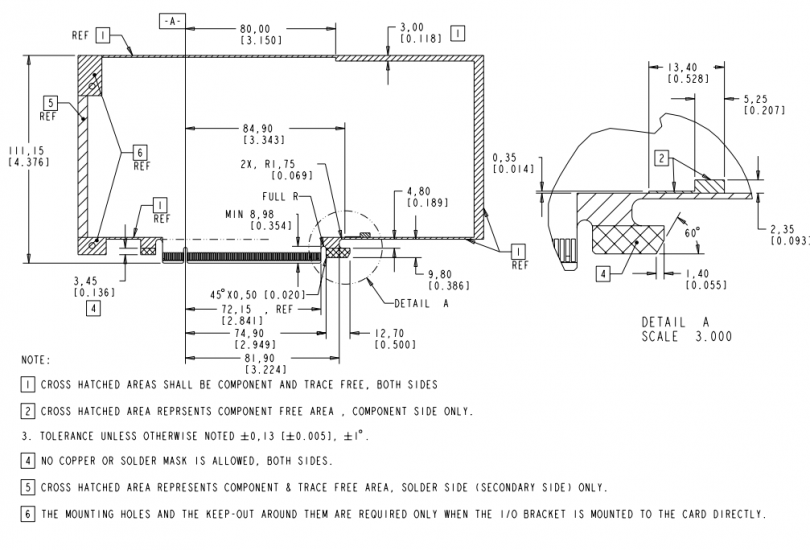
So, what do we want? (When do we want it.. now!)
- Card length to match the M-ITX form factor
- Card height to stay within the official PCI Express specification
- Additional power connectors on the side, not the top of the card
- All rear IO on the card level
Lets discuss these in more detail.
(As an aside, in this article, the terms used for areas on the card are as follows: the top of the card is the top in the image above; the front of the card is the edge of the card to the right, usually the forward-most part once inside a chassis; the rear is where the display connectors are; the GPU side is the PCB side where the GPU chip is soldered on; and the backside is the opposing of the PCB. These terms may not be exactly correct, with respect to how you’d refer to particular sides in industry or in retail, but they’re what I use on a regular basis.)
[mks_separator style=”blank” height=”2″]
Card length to match the M-ITX form factor
Simply, this puts a limit of 170mm in length on the compliant cards. Not difficult, just match the size of the M-ITX board! When the card matches the board, it is usually a better fit in most SFF cases, as well as more aesthetically pleasing. Case in point:
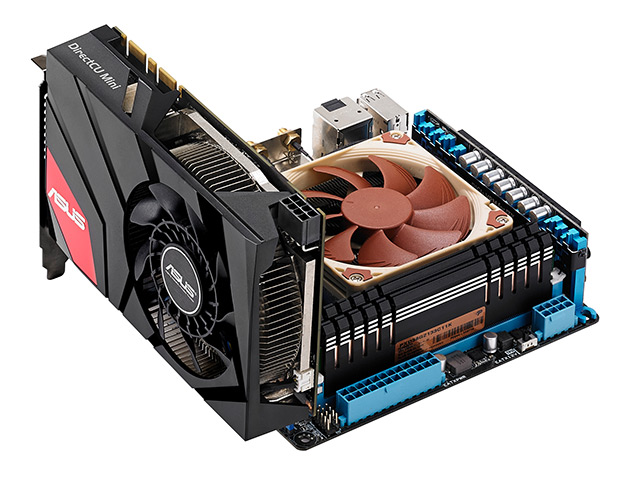
[mks_separator style=”blank” height=”2″]
Card height to not extend out of PCI Express specification
Some SFF chassis (without risers) are very slim – to the point where taller PCBs or coolers conflict with side panels. I had this issue with my In-Win BL641, in fact – I ended up having to modify the PCIe 6-pin power connector to make it as low as possible. If the connector was on the end, though – well, I’d have had no such issue!
Even the very interesting EVGA power adapter that launched recently doesn’t really help solve this problem, as it still sticks up almost as far as most standard plugs.

[mks_separator style=”blank” height=”2″]
Additional power connectors on the side, not the top of the card
As an addition to the previous point, power connectors on the top of the card also cause issues with slimmer cases. Most cases easily have cable room at the front of the card.

[mks_separator style=”blank” height=”2″]
All rear IO on the card level
This is mostly for watercooling, but also adds to compatibility with aftermarket air cooling as well. Dual stacked rear IO leads to all manner of fitment issues, and it’s almost never actually necessary from a feature standpoint – stop it! If you’re a display junkie, let Mini DisplayPort be your saviour here! There’s no reason to compromise your entire graphics card because of it.

[mks_separator style=”blank” height=”2″]
Conclusion
As much as we already have standards for most PC related products, I think it is indeed time for a GPU standard for the ‘ITX’ size that has come into fashion nowadays. This will enable us in the SFF world to easily see when a particular product will indeed fit in our chosen case, and will ensure that we all speak the same language and mean the same things whenever we address this important vertical of the market.
[mks_separator style=”blank” height=”2″]
Thoughts? The discussion is here.

